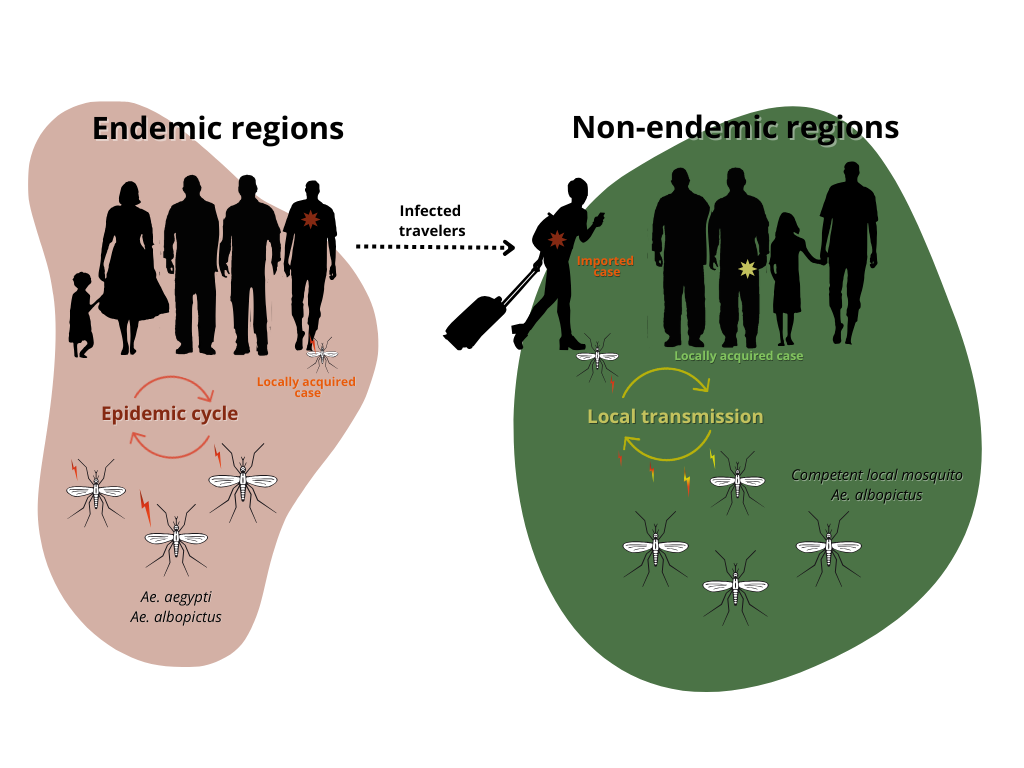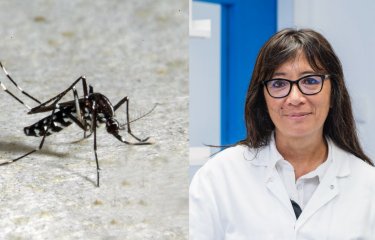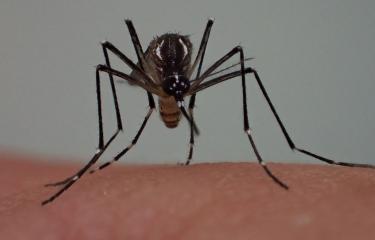An unprecedented situation has arisen this summer, with the first locally acquired cases of chikungunya detected as early as June, notably affecting the Grand Est region for the very first time. Chikungunya is a viral disease mainly transmitted to humans by bites from mosquitoes of the Aedes genus. It is characterized by symptoms such as fever and intense joint pain. In the wake of severe outbreaks in overseas departments and regions and several episodes in mainland France, the French health authorities keep a close eye on any locally acquired cases emerging early in several regions.
Update on chikungunya in mainland France in summer 2025
Several locally acquired cases of chikungunya have been detected in mainland France since the beginning of the year, mainly in southeastern departments where the mosquito vector is well established. In 2025, mainland France is facing an unprecedented situation in terms of chikungunya virus circulation, with the number of locally acquired cases recorded in early summer reaching previously unseen levels. According to sources, over fifteen cases have been confirmed nationwide. The number of French regions with reported cases has increased (now notably including the Grand Est region , as well as the Provence-Alpes-Côte d'Azur, Corsica, Occitanie and Auvergne-Rhône-Alpes regions). This is all the more concerning as this year's cases have emerged much earlier than in other years in which locally acquired cases were reported. Other outbreaks in mainland France occurred later and were mainly limited to the south of the country, with occasional and sporadic cases elsewhere.
Six departments have now been placed under alert due to detected cases and high populations of the tiger mosquito, which is the main vector of the virus. In response to this situation, the French health authorities have stepped up surveillance and intensified efforts to tackle tiger mosquitoes through public awareness-raising campaigns and targeted mosquito control measures.
How has the chikungunya virus emerged in mainland France?

Diagram showing the two types of chikungunya cases
There are two types of chikungunya cases: imported cases and locally acquired cases. Imported cases relate to individuals who have contracted the virus during a stay in an endemic region – namely a region in which the disease normally circulates – and develop symptoms after returning to mainland France. Locally acquired cases relate to individuals who have been infected locally without traveling to an endemic region. This means that the virus has been transmitted in France by a mosquito vector present in the country. This distinction helps us understand the two processes by which the virus is able to establish itself and spread in mainland France.
While chikungunya is originally a tropical disease, favorable conditions for the domestic circulation of the virus have emerged due to globalization and the fact that Aedes albopictus (the tiger mosquito) has become established in mainland France, having adapted well to the local climate. This mosquito vector is a so-called invasive species recognizable by the white stripes on its body.
Also availlable on the same topic:
Climate change isn't just about climate ! |
What are the symptoms to look out for if you think you may have chikungunya?
The main symptoms are a sudden high fever, potentially incapacitating joint pain, headaches, fatigue and skin rashes. If you experience symptoms after a mosquito bite, you should quickly consult a healthcare professional and avoid being bitten again to help prevent the spread of the virus. It should be noted that chikungunya is a disease that you are legally required to report to the health authorities.
How can you protect yourself against the disease? What is the current state of research and prevention with regard to chikungunya?
The main ways to protect yourself are: applying insect repellents to prevent mosquito bites, wearing clothing that covers the body, and setting up mosquito nets. One important step is to get rid of stagnant water from water containers or vases around the home, which act as breeding grounds enabling mosquitoes to proliferate quickly.
In terms of research, efforts are being made to tackle the disease on several fronts. Scientists are faced with several challenges, including the need to monitor the evolution and adaptation of the mosquito vector, develop fast and reliable diagnostic tools, understand local transmission dynamics, and predict high-risk regions based on climate data. Some of these challenges are addressed by the EMA-Tigre (Emergence MAladie Tigre - Tiger Disease Emergence) project, which covers several mosquito-borne viral diseases.
Further information can be found in the following press articles:
New ECDC weekly reports and guidance to tackle mosquito-borne diseases across Europe
Chikungunya : huit cas autochtones enregistrés en métropole, un niveau jamais vu aussi tôt dans l’année (in French)





